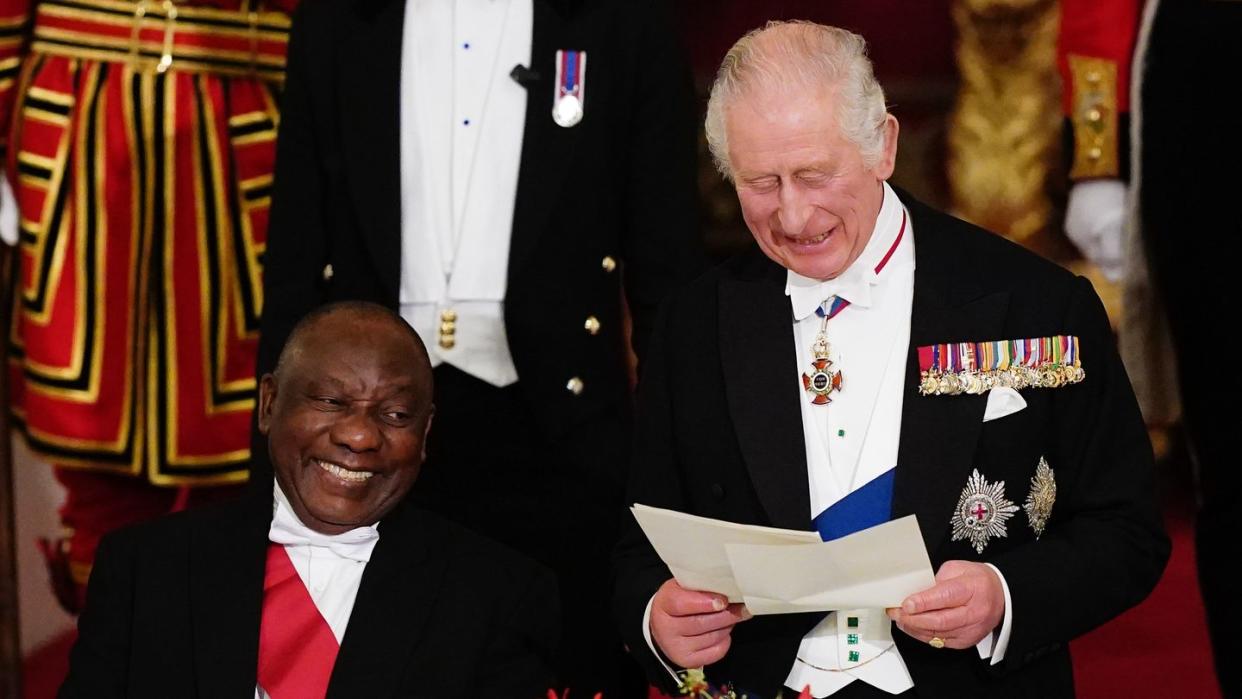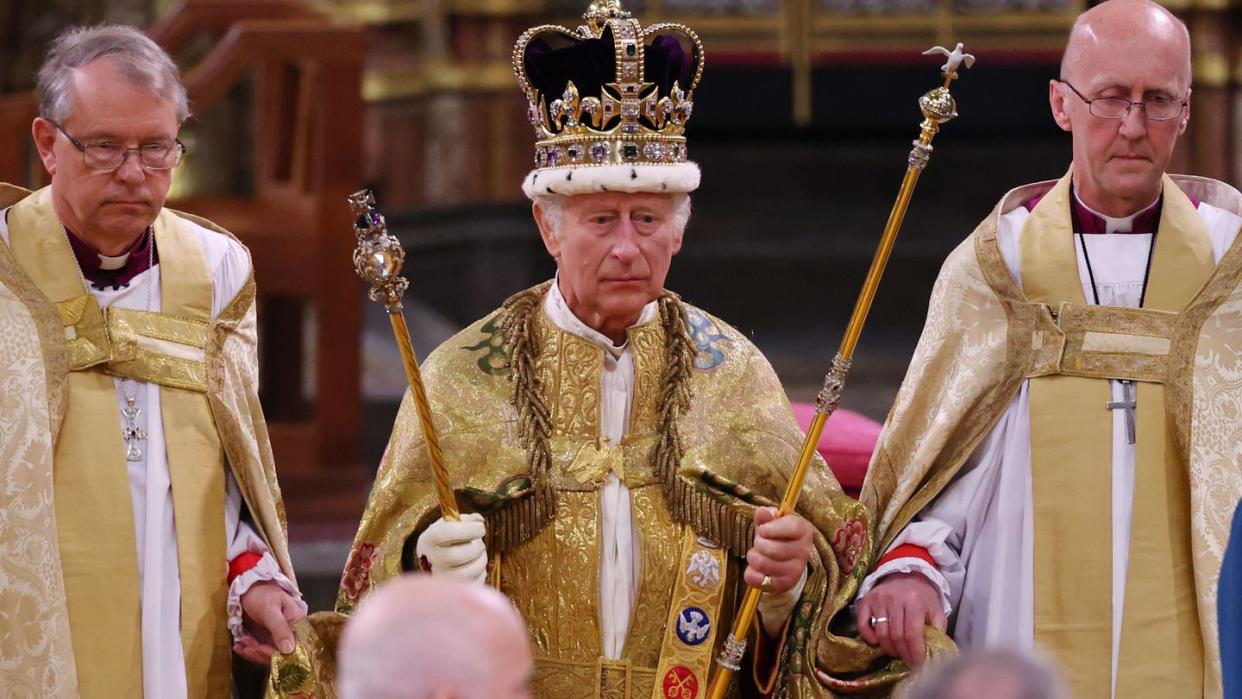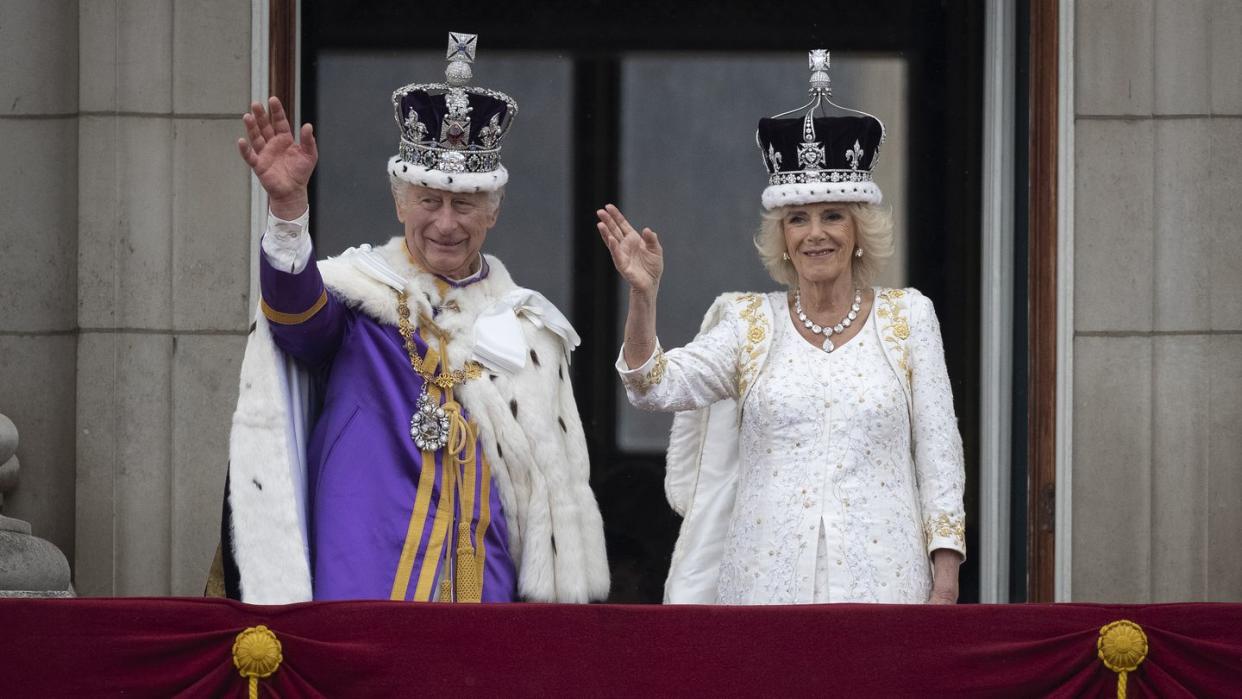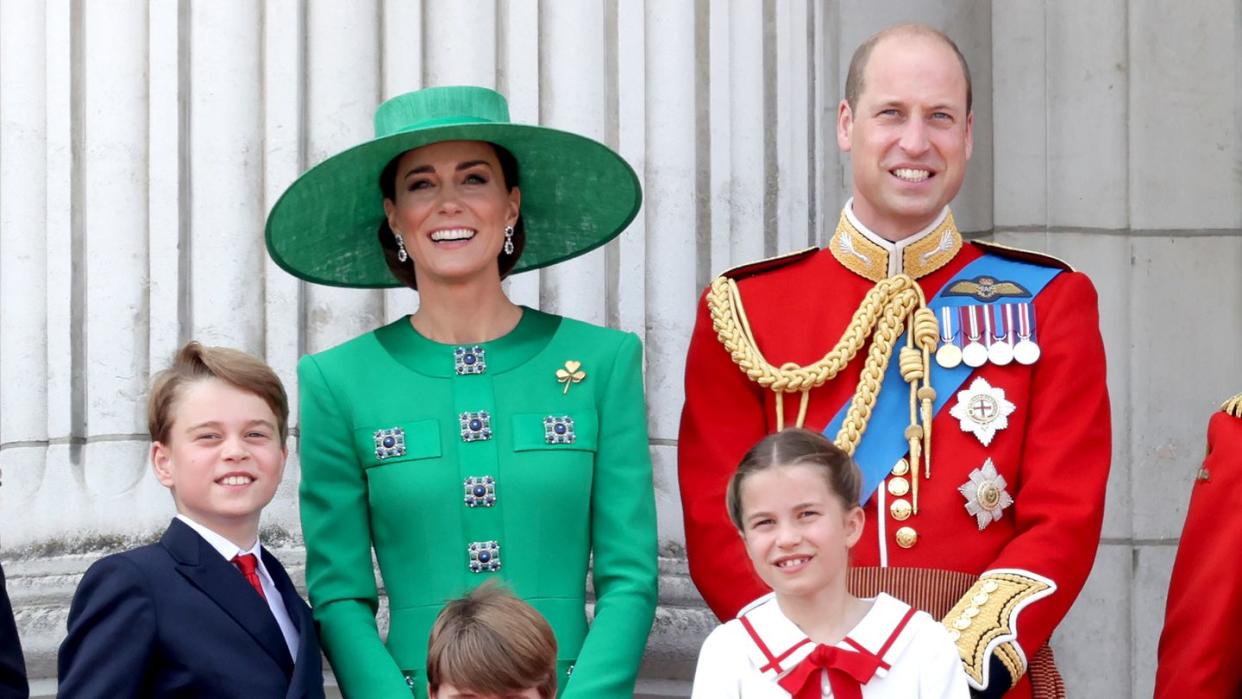One Year on From Queen Elizabeth’s Death Does The Monarchy Need More Radical Change?
In the years before Queen Elizabeth’s death, when we could only speculate what King Charles’s reign would bring, discussion often centered around two things. The first was the buzzy-sounding concept of a “slimmed down monarchy,” something that it was common to hear people espouse the virtues of with little explanation of what it practically meant. And the second was the much-raised question of whether Charles would be an “activist King.” Would this long-time climate campaigner with a once controversial fondness for penning his thoughts to ministers overstep the mark in a constitutional monarchy? Only time would tell.
One year into the Carolean age and time has indeed told us much. Our stamps and coins have transformed, our judiciary conducts itself under a new name, we have a King’s Guard, and we now sing “God Save the King.” Yet, things also feel remarkably the same.
The focus on maintaining continuity within the monarchy has been perhaps the most striking feature of King Charles’s reign. As climate summit Cop27 took place in Egypt last November without him, the King instead chose to be pictured with his sovereign’s red boxes and host his first State Banquet. He walked to church on Christmas Day at Sandringham with the exact same crowd as during his mother’s era. And, despite years of speculation that he could overhaul the public openings of royal palaces, so far nothing significant has changed in this regard.

Not a single speech or comment the King has made since coming to the throne in September has given anyone the opportunity to question whether he has maintained any “meddling” tendencies. And the years of suggestions that he has radical plans for how things should be run were bluntly laid to rest by his stalwart sister Princess Anne who pointed out that slimming down the monarchy right now “doesn’t sound like a good idea.”
The coronation itself also helped to tell the world that this is a monarch who is putting tradition at the heart of his reign. The ceremony was tweaked at every edge to make it fit for the modern era, but the fundamentals of the 1,000-year-old ritual prevailed. While other European countries have long abandoned such displays, and on the heels of Prince William refusing any investiture as Prince of Wales, Charles chose to plough ahead with what has gone before.

Polls in advance of the event suggested a mixed response to the idea of the spectacle, and it was not without controversies over the origins of the Crown Jewels, the treatment of anti-monarchy protesters, and the cost of living crisis. Yet the overarching narrative was in the end pretty positive. Camilla was crowned alongside him and surrounded by her family on the Buckingham Palace balcony, with murmurs of discontent on the internet the only real reminder of her once potent “other woman” tag.
Not least because of Camilla’s once-unthinkable full acceptance as Queen, those surrounding King Charles III are likely to feel that one year into his reign things are going pretty well. Hardly anyone is accusing him of meddling, protests are now few and far between, and even when it was announced that the monarchy is getting an enormous pay rise from public funds the outrage was somehow relatively contained and short-lived. He was never going to enjoy the popularity of his mother, but Charles has certainly gotten his reign over the line.

Yet simmering under the surface of the largely positive headlines are indications that the monarchy needs something else to survive long term. Recent polls have repeatedly shown that the institution is much less popular with young people, who are now more likely to want an elected head of state. Even Prince William and Kate’s popularities wane significantly among the younger age-group, with one YouGov poll showing that just over 40% of 18-24-year-olds express a positive view of each of them in contrast to around 85% of over 65s. Prince George, Princess Charlotte and Prince Louis deserve a childhood unencumbered by the spotlight, so there will be no next generation of working royals to engage the public for some time. Prince Harry and Meghan, who once appeared to have the greater potential to galvanize a younger audience, have left royal life.
The ageing monarchy was apparent at the coronation when official photographs of the working royals showed seven out of eleven members, including the King and Queen, who are over 70. A recent announcement of new military appointments saw minor royals the Duke and Duchess of Gloucester share the workload and take on new roles at 74 and 77. While Queen Elizabeth and Prince Philip are reminders that it is possible to live a life of public service well into your 90s, many would say that they were the exception rather than the rule.

If the monarchy does need more radical change then there are indications that it is Prince William who may well be the man for the job. His refusal to have an investiture as Prince of Wales demonstrated both a keen awareness of the public mood and willingness to upend tradition, however long-standing. Reports that any coronation he has could “look and feel different” have already set the tone that his reign could be the beginning of bigger change. Despite attracting criticism over moving into a third family home in Windsor, William and Kate have largely demonstrated a commitment to a different kind of royal life—a much simpler life with fewer personal staff than the King.
Indeed, the just how many assets the King has at his disposal has come into focus with the change of reign, with the line between what is personal and what is in lieu of his position often feeling rather blurred. With the monarchy’s official residence of Buckingham Palace undergoing a £369 million taxpayer-funded renovation, the King appears to most often reside at Clarence House when in London. His personal property portfolio now includes Balmoral, Sandringham, and Highgrove, while Camilla has maintained her own home, Ray Mill House. The British public has long been used to the idea of property-hopping royals, with the annual rhythm of Queen Elizabeth’s reign mapped out as she moved from residence to residence. But as the cost of living mounts, and more cuts are made to public services, the time may well soon come when the optics of so many homes calls for a rethink.
Similarly, the vast sums of public money that the royals get—which analysis by the Guardian newspaper showed far outstrips the pay of other European royals - may prove to be more and more contentious over time. On top of this are the Duchies of Lancaster and Cornwall, whose profits are considered private income but is money that republicans argue could be diverted for the public good if the funding of the monarchy (or the monarchy itself) was overhauled. After all, much else has changed since the Duchies were set up in the thirteenth and fourteenth centuries.
It is clear that the King believes that providing stability through respecting continuity and tradition are paramount. But his legacy as Prince of Wales also tells us that he is capable of being a visionary for a more radical approach. After decades of being mocked and criticized for straying into politics over his forthright views on how we should treat our planet, his values on this subject are increasingly being adopted as mainstream and apolitical. Of course he cannot influence government policy, but he can provide bold leadership on shared values.
There is already an inevitability about much change throughout King Charles’s reign, with more commonwealth realms claiming they are poised to soon follow the lead of Barbados and get rid of the British monarch as their head of state. In the UK, around 62% of people want to keep the royal family, yet despite this one poll found that just 45% believe we will still have a monarch in 100 years. If the fact that even people who want the monarchy believe it will inevitably become redundant over time isn't an argument for doing something differently, then it's hard to know what is.
Perhaps Queen Elizabeth’s greatest strength was her ability to instinctively understand how to strike the right balance between the monarch’s role of providing continuity while adapting to change. At the end of her era, the royal family’s survival now depends more than ever on getting this right.
You Might Also Like
